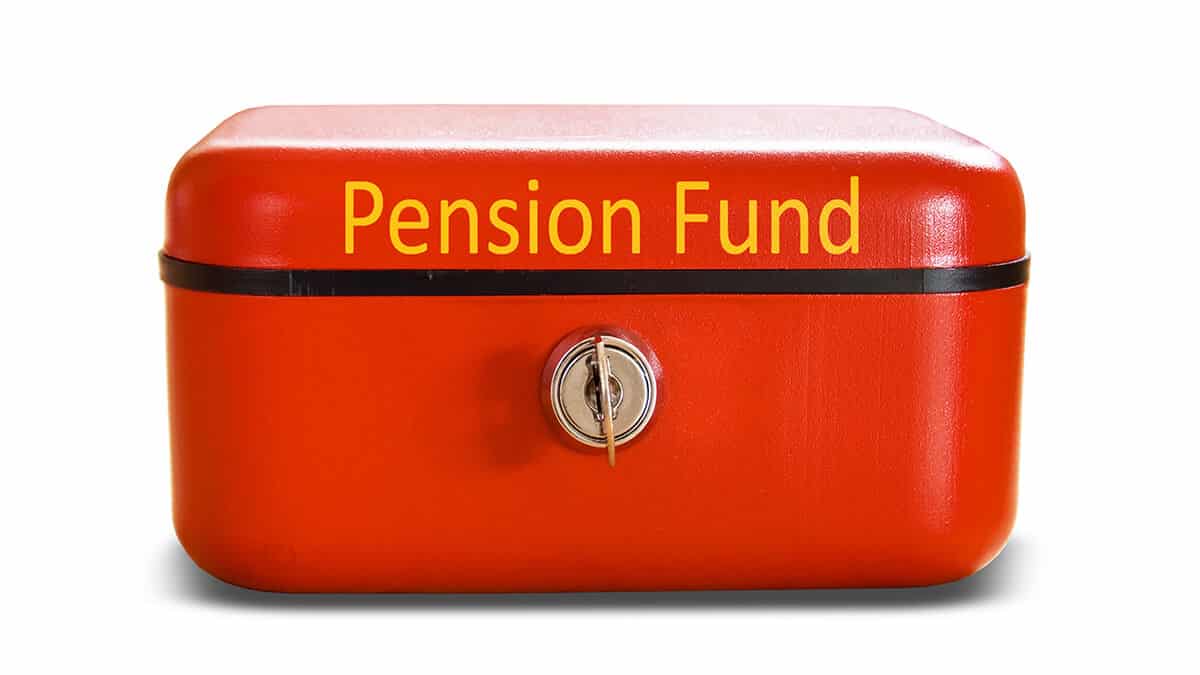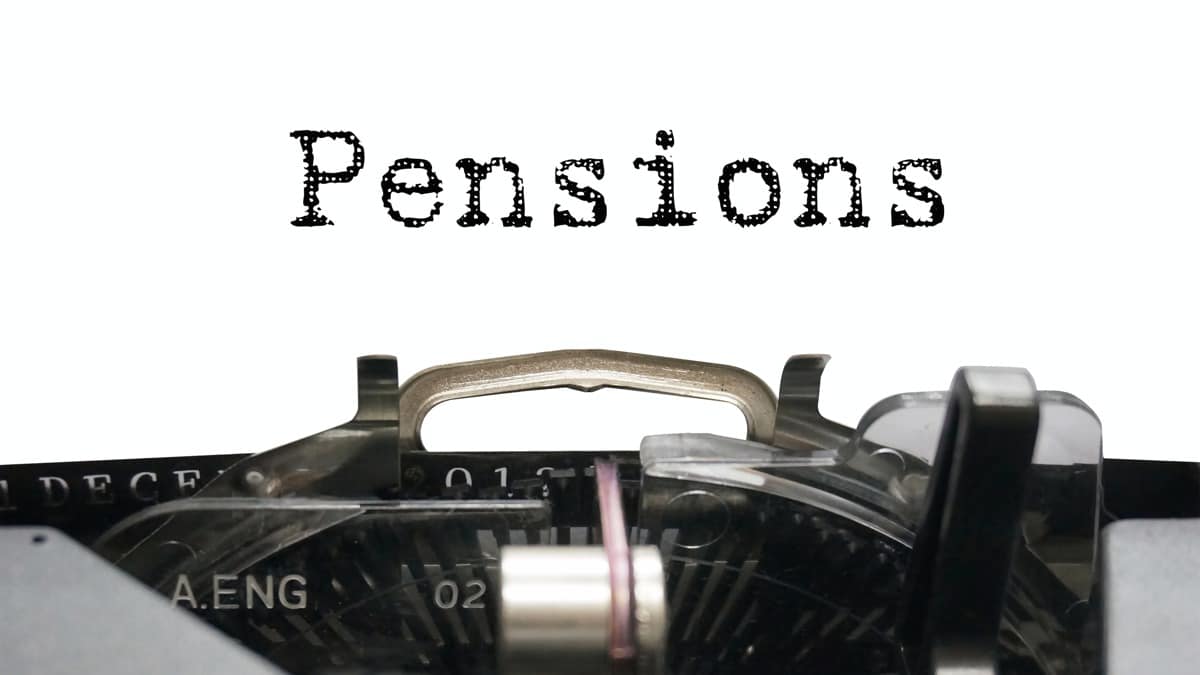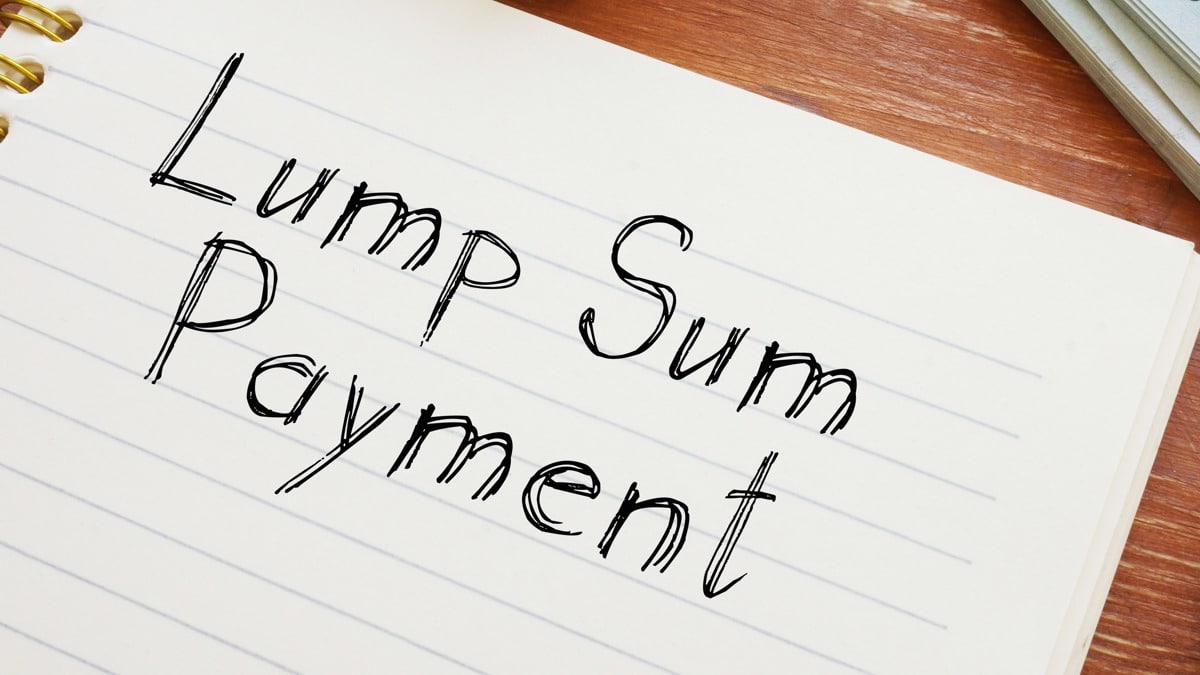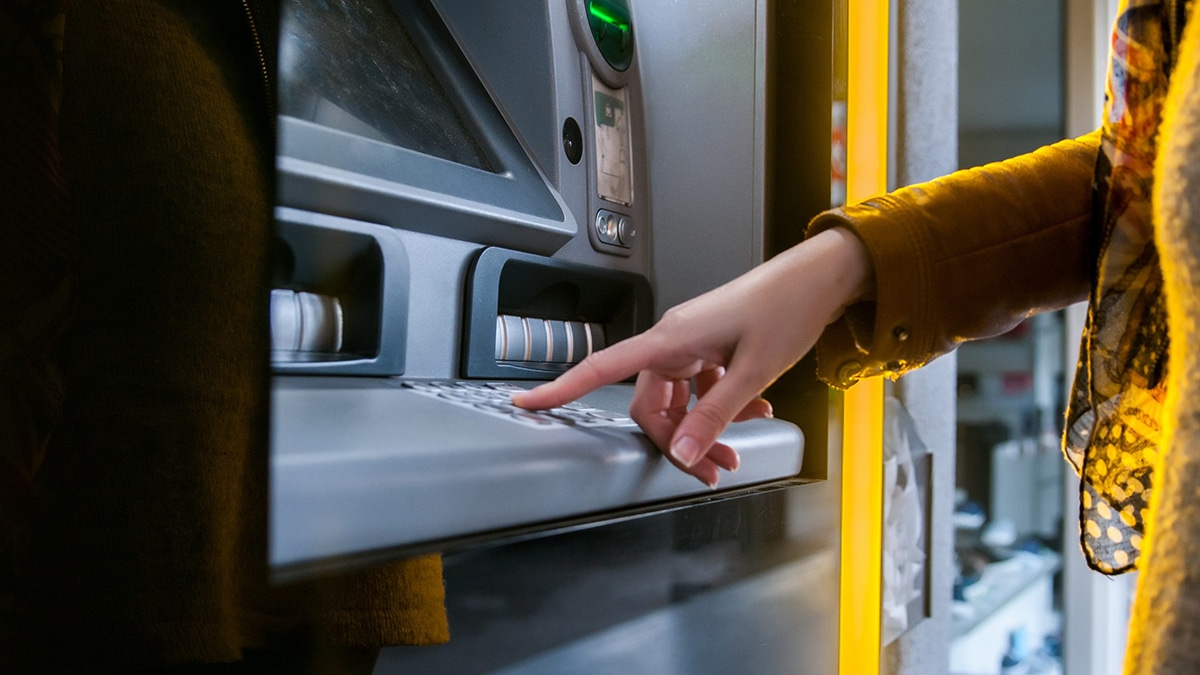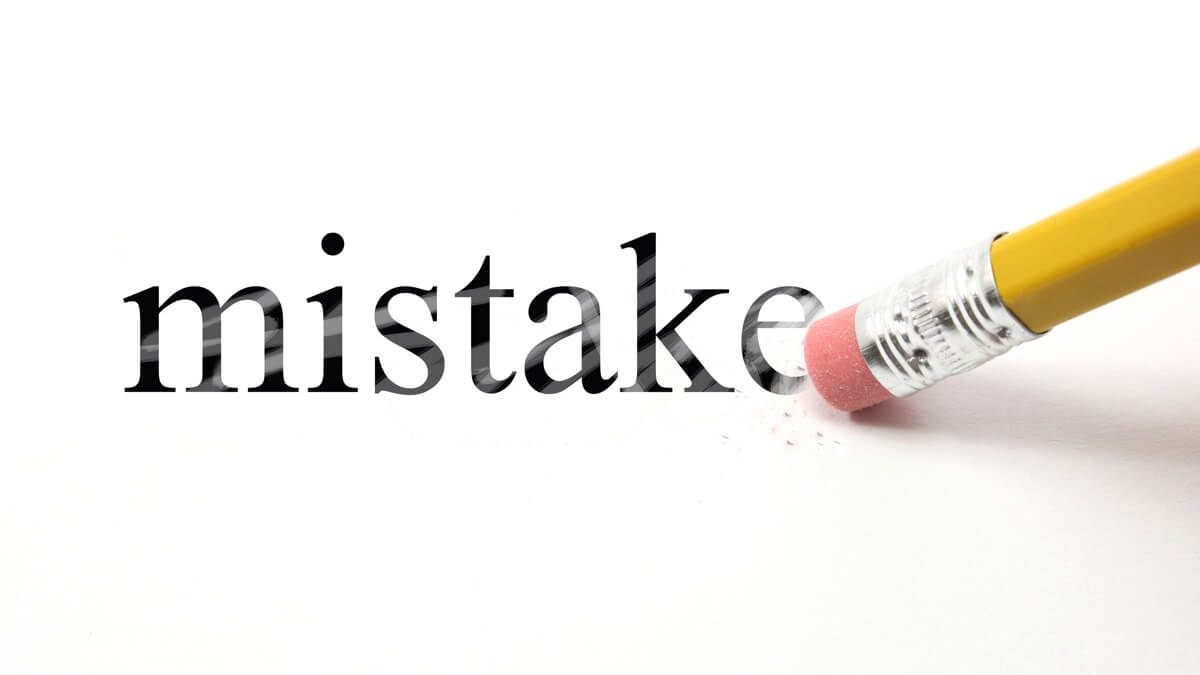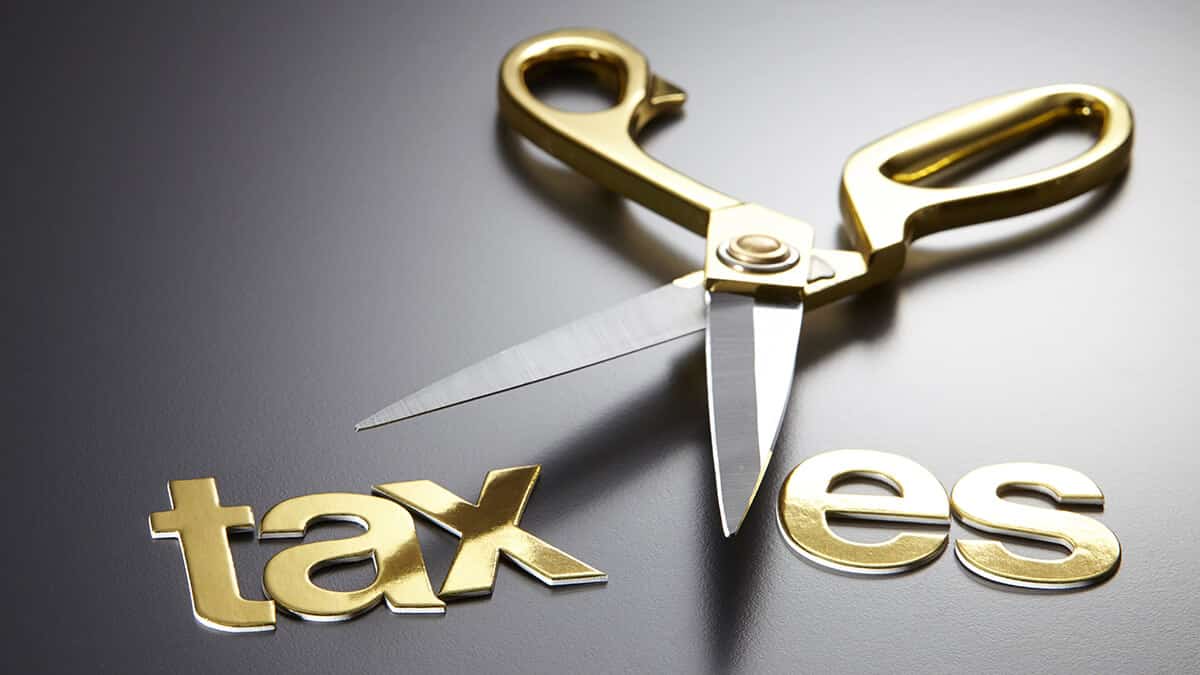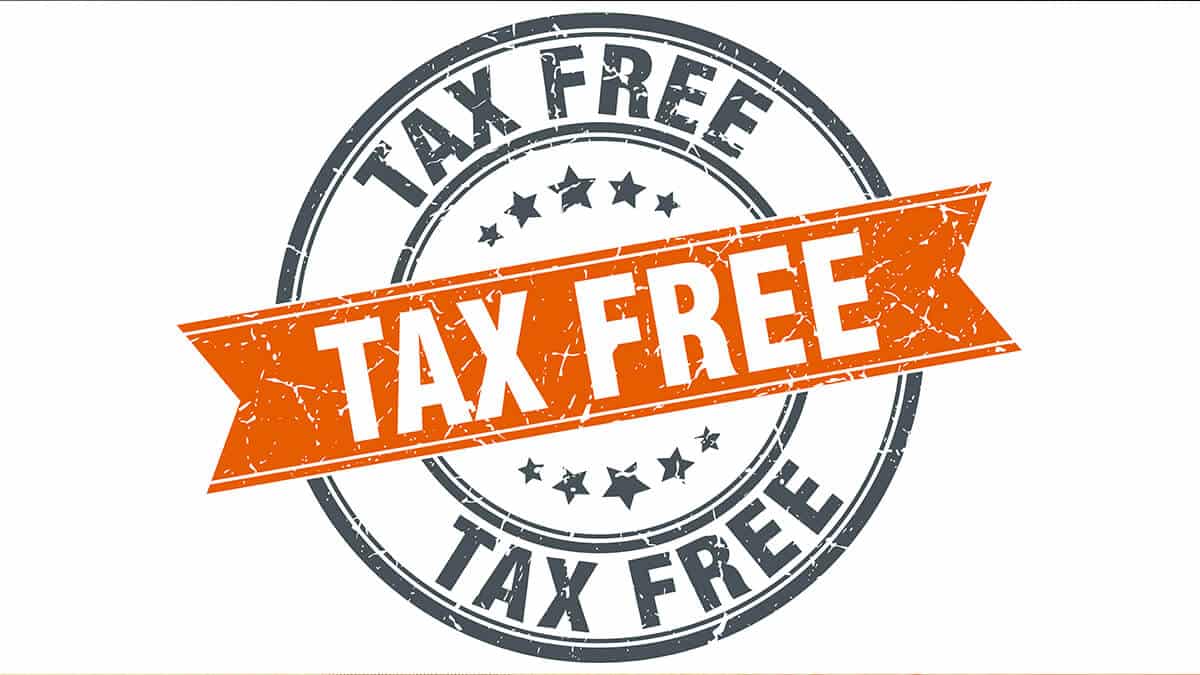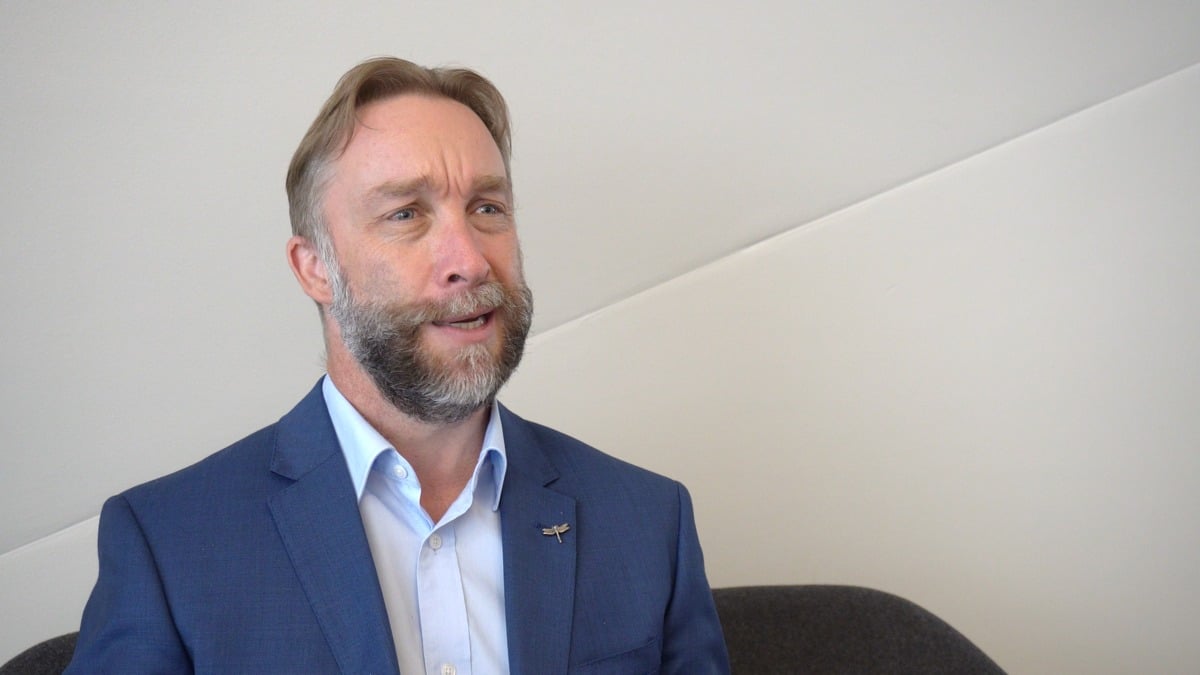In this guide
There are significant tax benefits when an SMSF member is in retirement phase, otherwise known as pension phase. Fund earnings on assets that are used to meet the required pension payments are tax free, so too are any capital gains that are realised in retirement phase.
That’s why it is essential that all the required pension standards are met each and every year.
Failing to meet these pension standards will in most cases create unwanted tax and compliance outcomes for the SMSF and the fund’s trustees.
Read more about SMSF pensions.
Pensions must exist in both form and effect
For an SMSF pension to be recognised as a complying income stream, it must exist in both form and effect:
- Form: That the pension has been established in accordance with the legislative requirements and in line with the trust deed rules
- Effect: That the pension meets the ongoing pension standards each and every year.
Failing either of these will mean the pension is not deemed to be a complying income stream and will no longer be eligible for the relevant tax concessions.
Read more about how to start an SMSF pension.
Pension standards
There are a number of specific pension standards that apply to income streams being paid from an SMSF and each of these standards must be continually met.
These standards include:
Pension type: The pension must be an account-based pension, requiring the pension balance to be held in a separate pension account for the relevant member.
This pension account can only hold member benefits that form part of the pension balance. All other member accumulation benefits must be held in a separate accumulation account.
Minimum pension payment: A minimum pension amount must be paid during the year, based on the members age and the pension balance at the start of the financial year.
Read more about minimum pension requirements.
Minimum pension payment made before pension ceases: Before you fully commute (stop) a pension, you must make sure that at least the prorated minimum annual pension payment amount has been made.
The prorated minimum is based on the number of days that the pension was in place.
No additional capital can be added: Once the pension has started, you cannot increase the capital supporting the pension using contributions or rollover amounts.
Transfer of pension on death: Where a member in retirement phase dies, and has in place a ‘reversionary pension’, that pension can only be transferred to a dependant beneficiary.
Read more about reversionary pensions and how they work.
The pension cannot be used as security: No amount of the pension’s capital value or income from the pension can be used as security for any personal borrowings.
As mentioned earlier, where the required minimum pension standards are not met, the payments will not be treated as super income stream benefits and the pension is deemed to have ended.
When this happens:
- The pension will be deemed to have ended for tax purposes at the start of the financial year, which means the SMSF will no longer receive a tax exemption on the pension earnings or capital gains in that year.
- Any payments made during the year will be treated as superannuation lump sums for both tax and super purposes, and not pension payments; and
- The SMSF trustees must report the cessation of the pension to the ATO using a transfer balance account report (see below).
